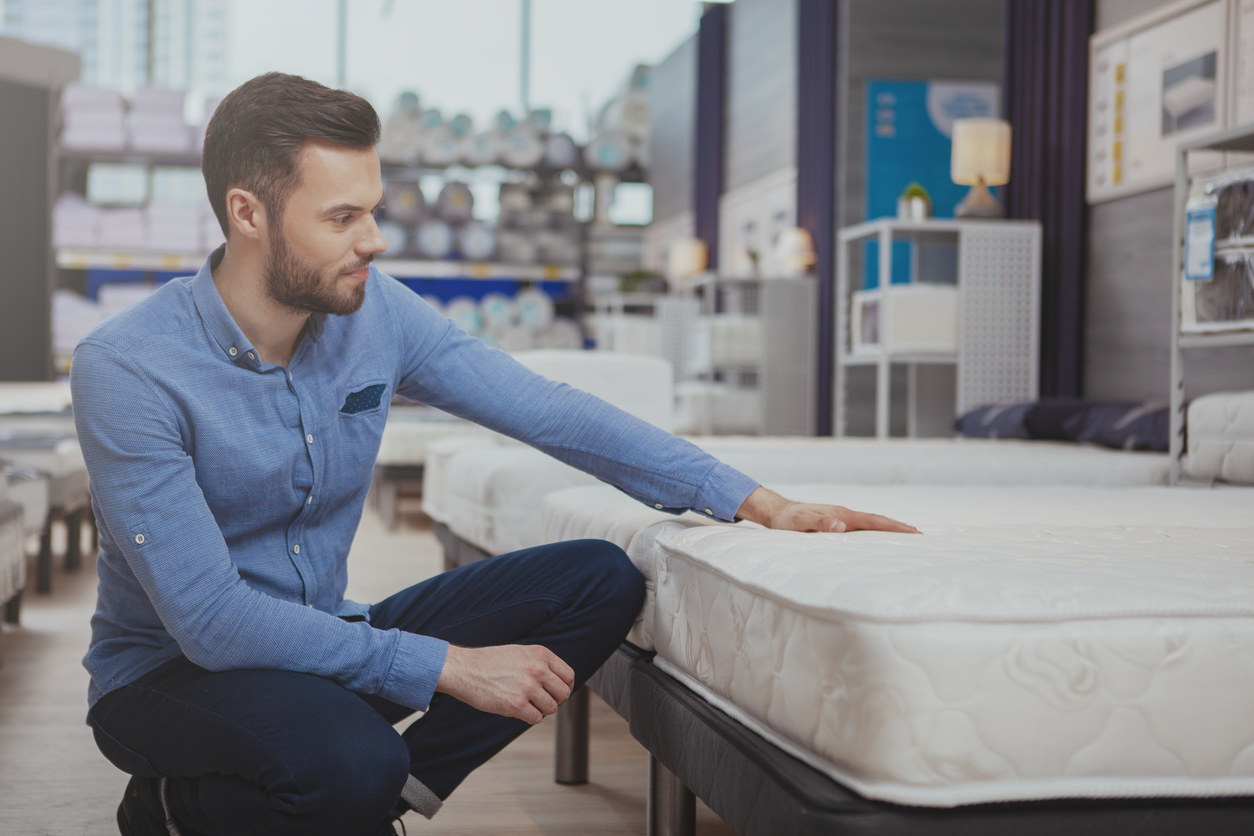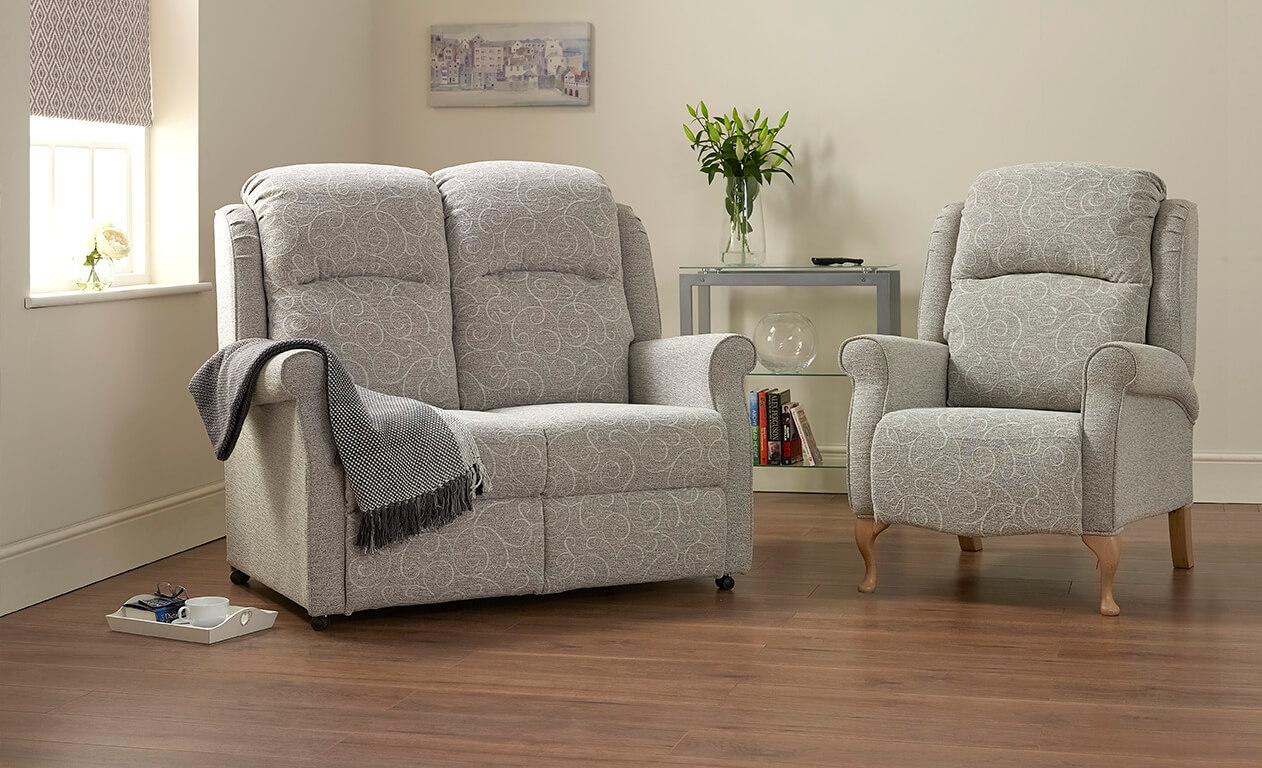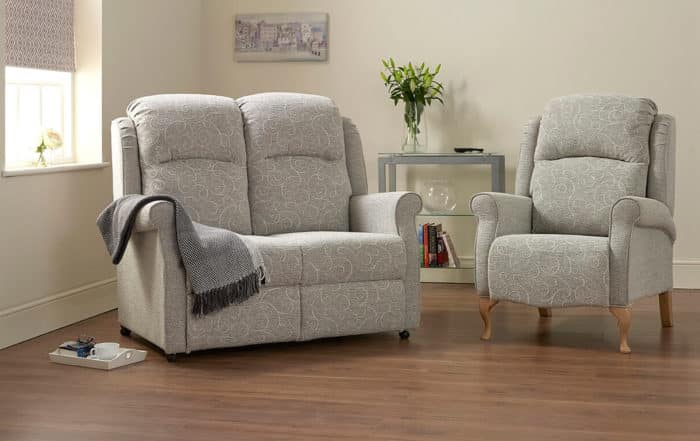How To Choose The Best Orthopaedic Bed
Social Links
Whether you’re a get-up-and-go kind of person, or a slow-and-steady type, we all know there’s nothing like the feeling of getting to the end of the day and finally putting our feet up. We can look forward to a good night’s sleep and wake up feeling energised and ready to go again in the morning. But if your bed isn’t as supportive as it could be, you may struggle to feel refreshed in the morning, even if you’ve slept for enough hours.
Another symptom of an inadequate bed is that you wake up with aches and pains you can’t explain, or you already have some that sleeping doesn’t improve. If that sounds familiar, it may be time to consider a new bed that’s better suited to your size, shape and health needs. To help you, we’ve put together a guide to finding the best orthopaedic beds for adults, and how to choose one that’s just right for you.
What is an orthopaedic mattress?
Orthopaedics is the branch of medicine that relates to the musculoskeletal system and everything that connects to it. This includes bones and muscles, the tendons and ligaments that connect them, and the nervous system. The best orthopaedic beds, therefore, are ones specifically designed to support the structure and function of these systems.
In particular, that means supporting the spine so that it can rest in its natural ‘S’ shape without undue strain or stress. They should also provide an even distribution of pressure between the weight bearing joints such as the hips, knees and shoulders. As well as minimising tension in the body, this helps to improve sleep quality by encouraging deeper breathing and reducing instances of waking due to pain or discomfort.
The difference between orthopaedic and regular beds
There is no official standard for orthopaedic beds in the UK. Instead, the term generally refers to a bed that has been made with spinal and muscular support in mind and is therefore of a higher quality and made with more durable components. Features of an orthopaedic bed that a regular bed might not have include:
A highly supportive mattress: generally, a medium to firm mattress is best for those at risk of back pain. The best orthopaedic mattresses are generally made of memory foam or latex, which contours to the body and cocoons joints. High-quality pocket sprung mattress can also provide good support, especially if topped with a layer of foam. These materials also offer low motion transfer, which reduces bounce and minimises disturbance from a partner.
Adjustability: the best orthopaedic bed for anyone suffering from back pain or other musculoskeletal issues is one that can be adjusted to precise positions for the comfort of the individual. This includes the ability to raise the head, which can relieve strain on the neck, shoulders and upper back. Some also have the option to raise the knees, which takes pressure off the lower back. Ideally, an adjustable bed frame will be paired with a supportive but flexible orthopaedic mattress and can have between one and four pivot points.
High quality ticking: this is the edge or cover of the mattress and is a vital component in the mattress’s overall support. As well as providing an additional layer of padding, ticking helps the mattress keep its shape as you move around on it or as the bed is adjusted. Poor quality ticking will lose its elasticity over time and has a tendency to slump, increasing your risk of sliding out of bed.
Customisation: the very best orthopaedic bed for any individual is one that is made to order, so that it has exactly the right amount of support. Tailored measurements ensure that any pivot points sit precisely at the hips and knees, while firmness and material should be appropriate for your size, weight and health conditions.
Health benefits of orthopaedic beds and mattresses
The main difference you’ll notice after a few weeks of sleeping in an orthopaedic bed is that you feel so much better during the day, and particularly in the morning. This is because the extra-supportive mattress encourages a better sleep position, which reduces strain on your muscles and joints and promotes circulation. As a result, your sleep can have a direct influence on several related health conditions, including:
- Back pain – especially if caused by bad posture, sciatica or a slipped disc.
- Joint pains – memory foam cocoons joints and holds in warmth, easing achy hips, knees and vertebrae.
- Posture – sleeping in a correct position aids muscle relaxation and can help you maintain better posture during the day.
- Indigestion – sleeping with the head slightly raised can greatly ease symptoms of heartburn or acid reflux.
- Injuries – improved blood flow allows healing blood cells to circulate more efficiently, helping you heal faster.
- Swelling and varicose veins – this improved circulation also helps reduce inflammation.
- Breathing disorders – raising the head has been shown to ease symptoms of asthma, sleep apnoea and snoring.
If you experience any of these conditions, an orthopaedic bed and mattress could make a big difference to your quality of life – but make sure you talk to your GP to see what other treatment could help.
Beds and mattresses from The Mobility Furniture Company
At The Mobility Furniture Company, we have a large range of adjustable beds designed to cater for different needs, sizes and preferences. We have single beds such as the Pembroke or the Avon, doubles including the Grasmere with its stylish quilted headboard, or dual motor doubles like the Ullswater or Hereford so that partners can adjust their own side independently. All are designed to look like regular beds so that they don’t appear sterile or out of place in a home bedroom.
When it comes to adjustable mattresses it’s even more important to choose the right one for you, as that’s where most of your support will come from – and fortunately we have plenty of those too. For very slight people with low body mass, our softer Eros model with GelAir foam provides cloud-like comfort, while on the firmer end of the scale we have our Leda 2150 pocket sprung or extra-firm Jupiter memory foam models, for users up to 25 stone. In between there’s a range of foam, gel, pocket sprung and hybrid options, so you’ve got plenty of scope to choose one that’s just right for you.
The bottom line
When it comes to choosing orthopaedic beds or mattresses, there’s no one-size-fits-all answer. It will depend on how you sleep, any health conditions, your size and weight and, above all, what your preference is.
There’s no need to feel overwhelmed, though – the easy way to narrow down the options is to have an in-home demonstration from one of the experts at The Mobility Furniture Company. You can try out a potential bed in situ, and ask any questions you may have about mattress fillings, firmness and motor functions. Then all that’s left to do is to choose your design, and perhaps go shopping for some new sheets, cushions and throws!
*This website contains general medical information. The medical information is not advice and should not be treated as such. Read our full Medical Disclaimer here.



